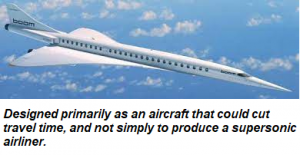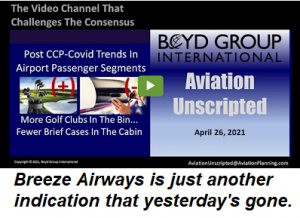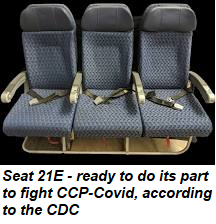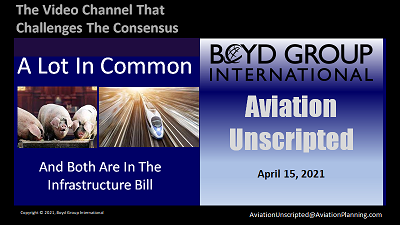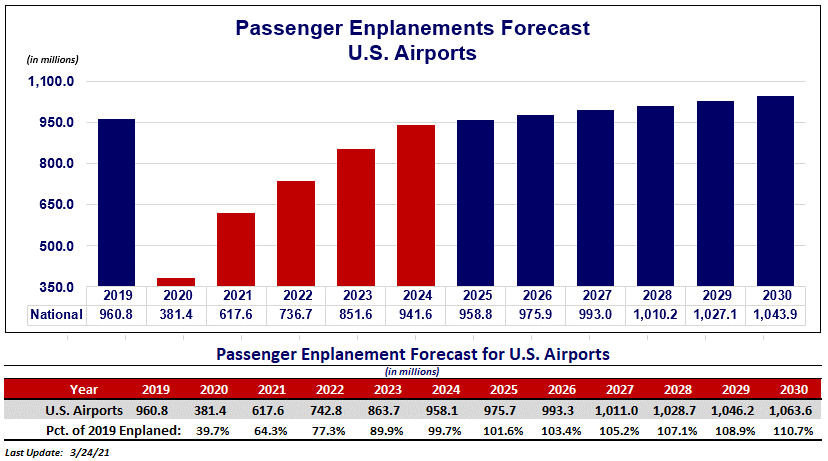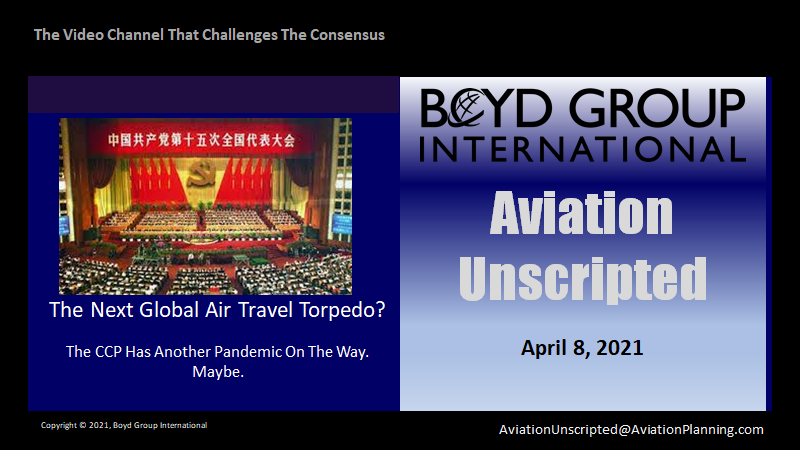Well, There’s At Least One Thing
Reimposing Mask Mandates Can Stop…
… A Rebound In Air Traffic
Uncertainty. Misinformation. Innuendo.
Great ways to kill off consumer confidence in regard to travel.
Ken Kute & Barbie Airhead On The 6PM News Are In Full Swing. On one hand, we have evening news anchors earnestly advising that the CCP-Covid disease is spreading, with the clear and intended innuendo that a new body count is inevitable. No bother to discuss further data on the severity or nature of the reported infections. Just the implications of doom.
On the other hand, there are data indicating that deaths from CCP-Covid are at a new low.
Who to believe? It doesn’t make any difference to a consumer – it is uncertainty, and uncertainty leads to cancelling travel.
Surprise! Confusion In The White House. On July 30, it was reported that Joe Biden stated that “stricter rules” and maybe stay at home orders were a “probability” due to a reported expansion on CCP-Covid infections.
Then, as quickly as it came, it was “clarified” by his White House handlers, noting that there are other “tools in the belt” to handle the situation.
What’s Next… A New Run On Toilet Paper? Meanwhile another White House advisor – Dr. Fauci – indicated a need for expanding orders to wear masks.
Regardless of the pros, cons, accuracy, hype or whatever, these types of news articles are not inducive to generating air travel – particularly discretionary trips. As we pointed out in a recent Aviation Unscripted video, the circled firing squad approach from Washington isn’t going to encourage new travel.
The Medical Solution: Show Complete Obedience. Yessir. Let’s don those masks. Let’s see… A quick geography lesson regarding the sheer effectiveness of mask-wearing is of value.
Beijing. Guangzhou. Nanjing, Mianyang.
Everybody in these huge Chinese cities has been wearing masks for over a year. Dutifully. Enforced. No exceptions. Forget the police, you will be beaten up in the subway by other riders if you don’t wear one. It’s been part of the Chinese consumer anatomy.
Yet, these are all places where, apparently, the CCP-Covid virus is again having its way with Chinese citizens. These aren’t isolated burgs in the Chinese boondocks – one glance at a map, and it’s clear that China is crawling with the fruits of the Covid labors accomplished by the hoodlums in charge.
Huh? We Were Told That The CCP Was The Virus-Control Varsity. Gee, remember the network media automatons instructing us last year that the Chinese government was exemplary in quickly preventing the spread of a disease they created?
 “Youbetcha,” the slimy hacks at the WHO chimed in, lauding what were the most criminal government actions since the Tiananmen Square massacre. The WHO lied and the media just kept playing rhythm guitar to this scam… China’s CCP had brought the pandemic to its knees, and we were instructed to accept this malarkey as fact.
“Youbetcha,” the slimy hacks at the WHO chimed in, lauding what were the most criminal government actions since the Tiananmen Square massacre. The WHO lied and the media just kept playing rhythm guitar to this scam… China’s CCP had brought the pandemic to its knees, and we were instructed to accept this malarkey as fact.
‘Course, like so much of what we’re told, it was complete dishonest garbage. But this propaganda was swallowed by major news sources like fish tossed out to trained seals. Some in the media – especially outlets with in-China bureaus – still pass on this dishonesty.
But now whole areas of Chinese cities are being quarantined, usually with all the smooth courtesy of a lock-down after a riot at maximum security prison.
So, With The News From China, Why Masks? Bringing this back to local USA relevance, remember, these hundreds of thousand or maybe millions of victims now infected by the CCP-virus were just about all wearing masks. Everywhere.
Did a lot of good. So, according to the politicians, the USA should do the same. It’s like betting on a football instant replay, hoping for a different outcome.
No Indication of The Severity or Danger or Nature. Just Accept. Yes, it appears that the Wuhan gift is still giving.
So, toss in panting stories on the evening news about infections in the U.S., and things are not looking positive for the future of free and open airline travel. The challenge now is that we cannot really trust what’s coming off the airwaves.
Again, more accurately, the situation is that we must show subservience to our glorious, all-knowing leaders and don the symbol of obedience – covering our nose and mouth. And not breathing normally.
Effective? Nobody Knows. Now, amid the oh-so-sanctimonious demands to once again wear masks, it don’t make no nevermind what we use or how effective it may be – an N94, or a handkerchief, a dirty bandana, or one of those defective paper masks imported from very country whose creepy government created the pandemic.
These zoo keepers will tell us to just do it and show obedience. Cover your face. Or be accused of being a killer.
Write The Air Traffic Recovery Over, If… Aside from all this, the life forms inside the Beltway have deemed it necessary to continue to masks in airports and airplanes. No justification. No hard science. Just obey.
That’s just like in China, where the same policies have apparently done diddly to prevent this latest spread.
If this stuff is expanded back to other venues in America, it will – will – put a drag on air travel demand.
We’ll keep an eye on this… but if wider mask requirements are implemented and traffic drops materially post Labor Day, it will be self-inflicted.
_________________
Now…
The Quarterly Outlook™ –
Beyond The Numbers & Into The Future
It’s not easy for airports and communities to plan for the future amid the constantly-shifting dynamics of air transportation.
The new Quarterly Outlook™ from Airports:USA™ is the solution. Not just numbers, but hard and incisive data and professional enplanement forecasts, with perspectives that go beyond the numbers, specific to the client airport.
Changes & New Paradigms – The Quarterly Outlook™ Is On It. What will the consumer do, post Labor Day? Business  travel will see some return, but it won’t be in the same regions as before, because the structure of that sector has changed.
travel will see some return, but it won’t be in the same regions as before, because the structure of that sector has changed.
Major East Coast airports that were mainly dependent on business and personal travel generation will see less traffic volume rebound than secondary cities where there are emerging major demographic in-migrations.
To survive, airlines continue to deftly shift strategies and directions faster than a performance of the Bolshoi ballet. In-concrete route and market plans from just six months ago are now in the round fixture. Airports where an airline definitely red-lined service pre-CCP-Covid are getting service that they literally didn’t expect.
So, amid this volatile and unsettled market, Airports:USA® is now offering subscribers an exciting and incisive planning tool… the Quarterly Outlook™.
Forecast Enplanements & The Airline Trends Driving Them.The Quarterly Outlook delivers the latest short-term Airports:USA® month by month enplanement forecasts, along with the specific trends and dynamics driving them. This includes discussion of known and expected strategies on the part of incumbent – and potential incumbent – airlines at the specific airport.
And, it also includes an overview of the national traffic trends for the USA, based on the full Airports:USA® forecast covering 168 airports representing over 97% of all enplanements.
The Quarterly Outlook™ delivers what you need to know, directly and concisely with perspectives an airport needs to not only plan the air traffic future, but to keep the community informed.
It takes subscribers behind the numbers. And into the future.
For more information… click here. Then subscribe and get with the future… your airport’s future.


